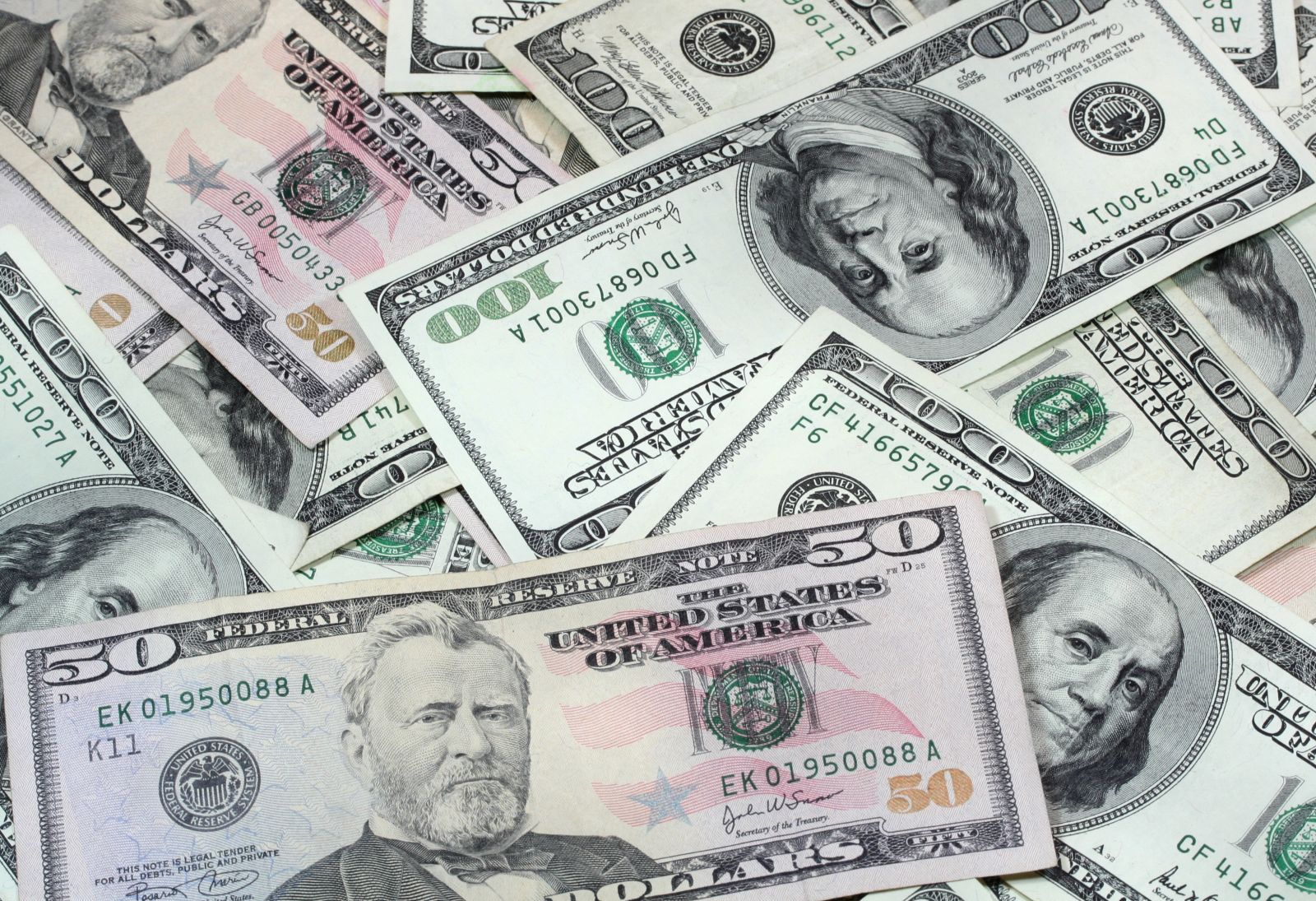Latest US Tariff Threats Boost the Dollar

The dollar index (DXY00) on Monday rose by +0.24% and posted a new 2.5-week high. The dollar moved higher as President Trump's threats to impose 30% tariffs on goods from the European Union (EU) and Mexico, beginning August 1, risk stoking inflation pressures that could keep the Fed from cutting interest rates, a supportive factor for the dollar. Also, hawkish comments from Cleveland Fed President Beth Hammack supported the dollar Monday when she said she wants to see inflation fall further before she would support cutting interest rates.
Over the weekend, President Trump saidthe US will impose 30% tariffs on goods from the EU and Mexico, beginning August 1.
Cleveland Fed President Beth Hammack said she wants to see inflation fall further before she'd support cutting interest rates. She said, "We're not there yet on the inflation side of the Fed's mandate, and I think it's important that we wait and see how all the new policies that have been put forward are going to impact inflation."
The markets are discounting a 5% chance of a -25 bp rate cut at the July 29-30 FOMC meeting.
EUR/USD (^EURUSD) Monday fell by -0.21% and posted a new 2.5-week low. President Trump's threat to impose a 30% tariff on US imports from the EU may slow the Eurozone economy and is bearish for the euro. Losses in the euro were limited after the 10-year German bund yield today rose to a 3.5-month high, which strengthens the euro's interest rate differentials.
Swaps are pricing in a 2% chance of a -25 bp rate cut by the ECB at the July 24 policy meeting.
USD/JPY (^USDJPY) on Monday rose by +0.22%. The yen gave up an early advance Monday and tumbled to a 3-week low against the dollar after T-note yields rose. The yen is also being undercut by worries about the upper house election in Japan on July 20. The promises by Japan's ruling Liberal Democratic Party of cash handouts to voters and promises of lower taxes by the opposition have sparked concerns of fiscal deterioration, which are bearish for the yen.
The yen initially moved higher on Monday due to strength in Japanese government bond yields. The 10-year JGB bond yield rose to a 3.5-month high on Monday of 1.587%, which strengthened the yen's interest rate differentials. The yen also strengthened on a Bloomberg report that the BOJ will raise its inflation forecasts at this month's policy meeting, a hawkish factor for BOJ policy. Monday's Japanese economic news was mixed for the yen after the May tertiary index rose more than expected, but May core machine orders fell more than expected.
The Japan May tertiary index rose +0.6% m/m, stronger than expectations of +0.1% m/m.
Japan May core machine orders fell -0.6% m/m, a smaller decline than expectations of -1.5% m/m.
Japan's May industrial production was revised downward to -0.1% m/m from the previously reported +0.5% m/m.
Bloomberg reported that Bank of Japan (BOJ) officials are likely to consider raising at least one of their inflation forecasts at the July 30-31 policy meeting after rice and food-related prices rose more than expected.
August gold (GCQ25) Monday closed down -4.90 (-0.15%), and September silver (SIU25) closed down -0.213 (-0.55%). Precious metals on Monday gave up an early advance and turned lower. Gold prices fell from a 3-week high. Sep silver slid from a contract high, and the July 2025 silver contract fell from a 14-year high on the nearest-futures charts.
The main bearish factor for precious metals was Monday's rally in the dollar index to a 2.5-week high. Also, higher global bond yields on Monday were bearish for precious metals. In addition, Bloomberg's report on Monday said that the BOJ is likely to consider raising at least one of its inflation forecasts at the July 30-31 policy meeting, which was hawkish for BOJ policy and negative for precious metals.
Precious metals prices on Monday initially moved higher as ramped-up tariff threats by President Trump increased safe-haven demand for precious metals after he said over the weekend that he would impose 30% tariffs on goods from the European Union and Mexico, beginning August 1. Also, rising US inflation expectations are supportive of gold demand as an inflation hedge after the 10-year breakeven inflation rate rose to a 3.5-month high on Monday of 2.405%.
On the date of publication, Rich Asplund did not have (either directly or indirectly) positions in any of the securities mentioned in this article. All information and data in this article is solely for informational purposes. For more information please view the Barchart Disclosure Policy here.